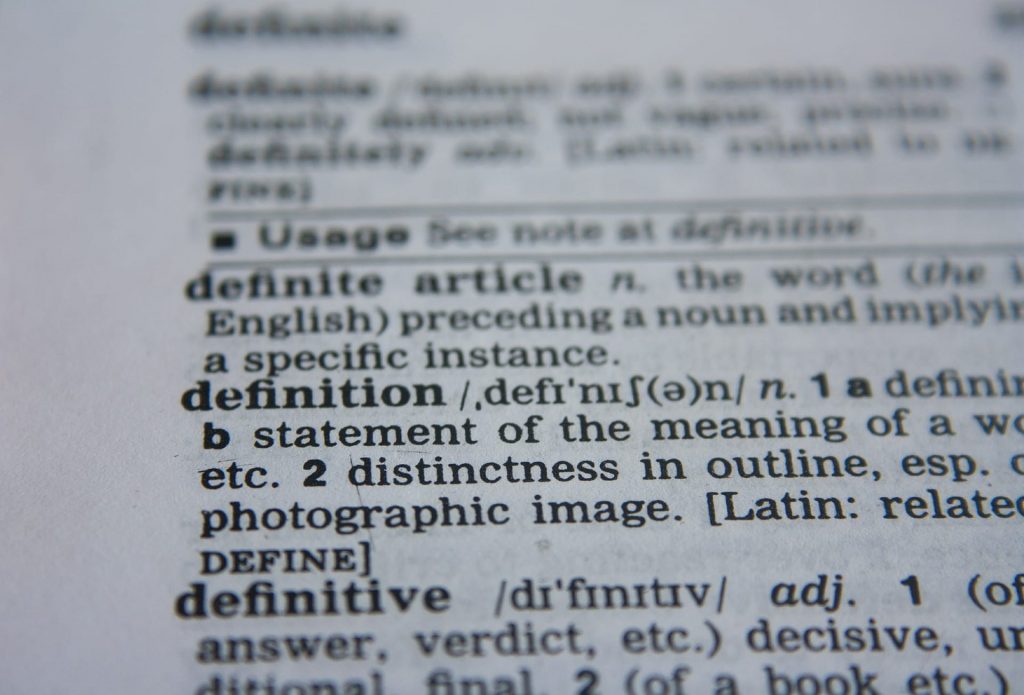
The Case for Customer Experience V2.0
It’s time for an upgrade
I have sat in an increasing number of meetings in the last months where business heads have asked the same question: “don’t you think that Customer Experience has had its day?” As a massive advocate of customer -centricity (for want of a better term), the first time asked, I choked into my coffee, outraged.
We have to face business reality
By the twentieth time of asking it is difficult for the most passionate aficionado not to put “the objective hat on” and ask why. Some interesting observations emerged in my unstructured but nevertheless objective survey. Everybody who asked the question was involved in business excellence or change areas other than customer experience. They had nothing against it – in fact exactly the opposite. They recognised the value of customer management but they just did not see customer experience sufficiently contributing.
Those of you who have read the very excellent CustomerThink collection of expert blogs will have seen many thought leaders agree at least on one thing: customer experience appears to be stalling. This has been reported by Gartner, KPMG Nunwood and others. Many reasons were given and my article of last week contributed to what could be done differently.
What even the most hardened supporters of customer experience have to appreciate is:
- A) CX has promised hugely. It promised to become no less the single most important strategic differentiator with massive P&L impact.
BUT – and it’s a big but – B) It has made some impact but it has not delivered anywhere close for the majority.
Whether we like it or not, Customer Experience is not yet the driving force it should be for most companies. It has simply not demonstrated enough value to most CEOs for them to make it centre stage. Every month CEO’s have hundreds of options to choose that will impact their P&L. Why would or should they prioritise Customer Experience when even the thought leaders are acknowledging it’s seriously failing.
This is more of an opportunity than a problem
But do you know what? I don’t think we should be worrying. We are simply at a natural evolutionary milestone. Whilst the concept of customer experience is not particularly new – it has only been gaining wide appeal and being practiced with the acknowledged best practice techniques for most over the last 5 years. It is still a relatively unstructured industry with no truly central authority.
We can learn a lot from simply looking over the fence and look at what other disciplines have done. Business Process Management is a great example. There has been a sequence of waves of improvement as organisations dedicated to the craft evolved what was Total Quality Management in the 1970’s through to Business Process Improvement, Six Sigma and Lean, to what Business Process Improvement offers today – and that continues to evolve. The rationale for these terms are logically explained but the reality is one of the biggest drivers was the stumbling block projects and programmes encountered along the way. C-level executives who embraced business process improvement one day changed their focus to business process re-engineering the next. It enabled new waves of thinking to be added and served as a means of giving confidence that “a bright new shiny thing” had evolved in process that would be the panacea for the next generation. The mistakes of the previous generation had been learned and a new dawn had emerged heralding unprecedented benefit. Whether we like it or not, it helped move senior executives into continuing to sponsor programmes even if previous ones had only offered indifferent results.
Is this exactly what should happen to Customer Experience? Customer Experience 2.0 or whatever we choose to call it acknowledges the learning from the first generation and places a very firm marker that the whole discipline has evolved. This is different. This goes deeper. This acknowledges the mistakes of the last generation.
Whether like it or not, senior executives are not fully educated or aware of what the customer agenda can achieve when understood and delivered properly. There is still a “herd mentality” and insufficient innovation which frankly is impeding progress.
The customer agenda is too important to allow the mistakes along the learning curve impede us. It is still alongside the employee agenda the most important means of creating a differentiated company today.
We live in a world where companies building products or even software launch new versions which are built from new expectations, opportunities and the mistakes from the past. The new versions create excitement, attention, interest and – dare I say – positive action.
Is it not time we started a Customer Experience 2.0?





